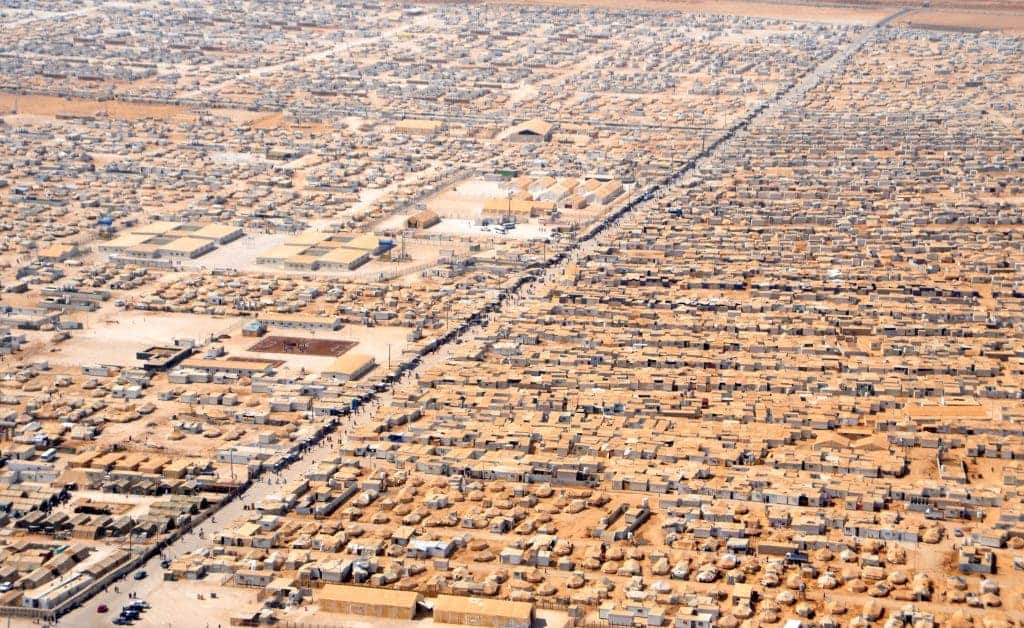A simple yet efficient solution could not only make life easier for millions of refugees worldwide, but also reduce CO2 emissions by 6.85 million tons every year and save a lot of money in the long run: installing solar panels in camps.
A consortium of think tanks and NGOs has released a report highlighting that the refugees’ energy needs have been largely ignored, with 90% of families having no access to electricity.
“This as an energy access problem,” said one of the report’s authors, Chatham House senior research fellow Glada Lahn , at the launch of the report last week. “These displaced people and refugees are part of the 2.9 billion living in energy poverty around the world, but the sustainable development goals and theSustainable Energy for All Initiative didn’t mention them. They are a grey area.”
The report also proposes solutions: cooking stoves and solar lanterns. According to the research, the widespread implementation of this basic technology, $323m a year could be saved in fuel costs, while also vastly improving the quality of life of the refugees and slashing CO2 emissions. For example, in Kenya, at the Dadaab camp, where 350,000 Somali refugees live, the $2.3m is spent every year on fuel, and families spend an average 24% of their income on energy, compared to less than 5% for developed countries.
The solution seems quite evident – refugee camps tend to gather many people in one place, and there are many camps in areas with a lot of sun, but the problem is that this would be a long term solution requiring an initial investment, and humanitarian aid tends to focus on immediate problems.
“Humanitarian agencies tend to look at immediate response rather than long-term development planning,” Lahn said. “One of the main challenges that we found again and again is that the UNHCR and other organisations in this field have very short-term budgets.”
At the very least, solar lanterns would provide access to street lights, which are currently unavailable in most camps, encouraging crime and violence. When you consider that most people spend many years in these camps, this need seems even more pressing.
“Many of the camps that we’re talking about have been there for many years,” said Lahn. “The average time spent as a refugee is 17 years. In the case of Syria, we cannot see those refugees returning any time soon.”
But the problem isn’t only funding, it’s also political. Most governments are reluctant of investing in increasing the life quality of refugees, because in doing so, they would recognize the permanence (or at least semi-permanence) of the issue. Owen Grafham , programme coordinator at Chatham House, said:
“Making any investments for refugees and displaced people is often a tricky sell,” he said. “By doing so they are instantly recognising a level of permanence.”










